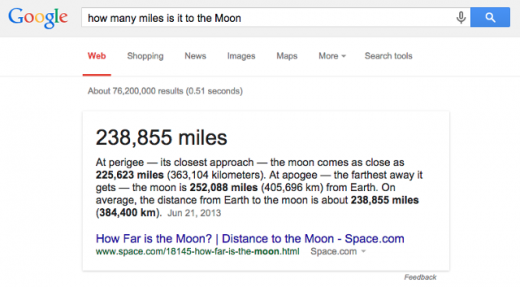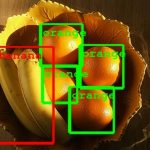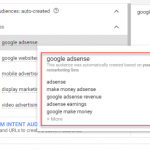Google’s New Interface: just tell It What To Do
the hunt large is creating a future where it doesn’t just in finding you a solution; it needs to unravel your downside.
April 27, 2015
Google used to let you know tips on how to do something. Now, it’ll just do it for you.
in the ultimate week, the company has delivered two small but vital options to their well-known search bar. that you could kind “in finding my telephone” and Google will find it on a map (and offer to call it); that you could also type “ship guidelines” and an interface will appear to beam instructions to your telephone.
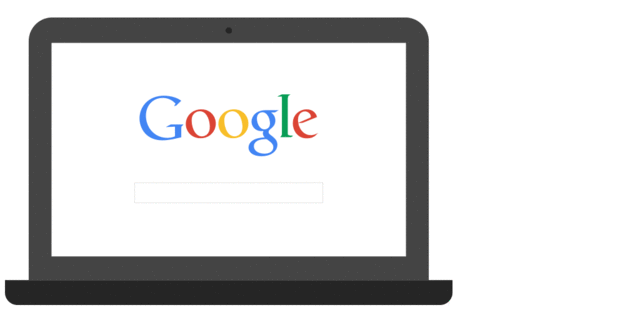
No, neither of these features goes to alter the arena overnight—particularly as you’ll need an Android telephone related to your Google account for them to look. but when you situation them next to previously added cell features—like with the ability to identification a tune, set an alarm, or create a reminder using the quest bar—and look at them within the context of the remaining 16 years of Google search, it feels a lot more just like the evolution of search interface than a pair of random features.
Search Has Been Evolving
When Google launched, you’d type your query into the hunt box, and the engine would listing an never-ending flow of hyperlinks—what you might name, imaginable solutions.
Google got higher and higher at this. It discovered to recognize questions posed on your pure language moderately than the verbal programming of Boolean good judgment, and later, the search engine was prescient enough to complete the question you had been about to ask while you typed it.
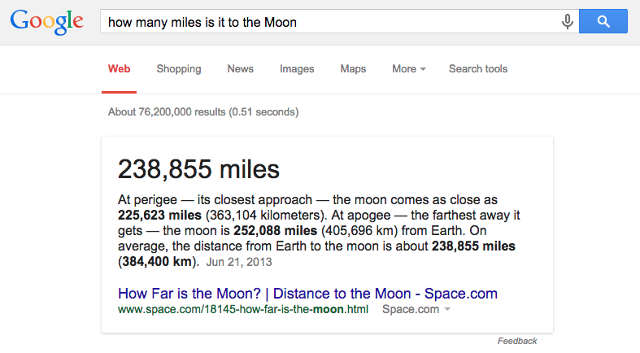
along the best way, they also more advantageous at pulling solutions from their own pile of hyperlinks. So now, whilst you ask Google a simple query like “what number of miles is it to the Moon,” it’ll situation the answer on an index card on the high of the search outcomes web page, no clicking into hyperlinks required.
Questions Are changing into commands
Now, with these two new updates, Google is transferring its role from providing an answer to providing a solution. The user not asks a question, best to be ferried to the identical of a person guide. We supply a command. We inform the machine to “find” that telephone or “ship” those guidelines. And inside of Google’s simple white search box, there’s no Siri or Cortana voice sassing us for bossing the computer around like our slave.
clearly, what Google can do inside this language nowadays is still severely restricted. we can tell Google to “knit a shawl” all we would like, however the company has invested much less in loom technologies than they’ve digital maps. but what’s stopping Google from forging a couple of company partnerships, then mixing in the whole lot else it is aware of about our lives and tastes, to “ship me a pizza” or “get my oil checked” or “pay my electric invoice” or “add 1% to my 401K contributions.” there are such a large amount of possibilities, and Google hasn’t even given us the robots yet.
the new Google is excited to be your slave. however there’s a tradeoff. With each brought convenience, we develop into an increasing number of reliant on the corporate. And it’s going to beg the query, is it Google that’s working for us, or all and sundry which can be working for Google?
(141)

